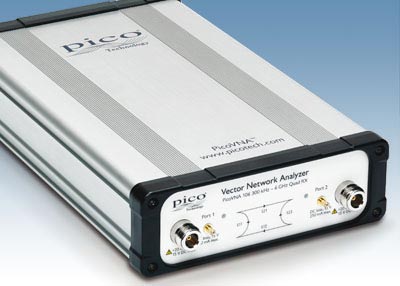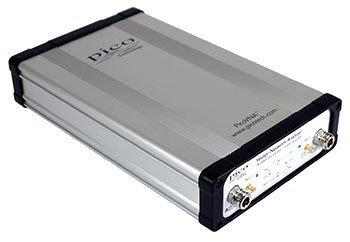

It rejected all my s2p files and these were generated from various different sources. It's still going to look dated and clunky but maybe it won't look so harsh? I tried importing some classic s2p files to it but gave up as it isn't very flexible in terms of the formats it can accept. At the very least I'd suggest they offer the end user a 'skin' option where they can define the colours of the traces and the chart background and the white background themselves. I suspect that the designer of the GUI prefers the clinical appeal of the all white background but for me it looks wrong and gives it the look of a developmental platform. I agree with the other posters in that it is very basic with poor overall presentation and fairly clunky operation.

Hopefully users will put enough pressure on PicoTech to replace the software with something decent.įWIW I downloaded the Pico VNA SW and tried it today. My advice would be to first try the software and see if you can live with it. As it is now, I would not feel comfortable recommending it to anyone. It's a shame really because this could be a great product if the software received the same kind of attention as the hardware. PicoTech offered the usual excuses: had to get things shipping, first concentrate on the algorithms, etc. I really expected better from a company that specialises in USB based test equipment. The bad: the software looks and feels like it was thrown together in a hurry by someone inexperienced (in UI design).

I didn't buy the high end ones, the standard ones seem to do the job well enough for my purposes. If you'll be doing a lot of 2-port measurements, consider buying 2 calibration kits as that will speed things up. It comes in a very nice case that also holds all the accessories. It worked without any issues and I was able to make reproducible measurements all the way up to the advertised 6GHz. I'm certainly not an expert on VNAs but my first impression on the device are both good and bad.


 0 kommentar(er)
0 kommentar(er)
